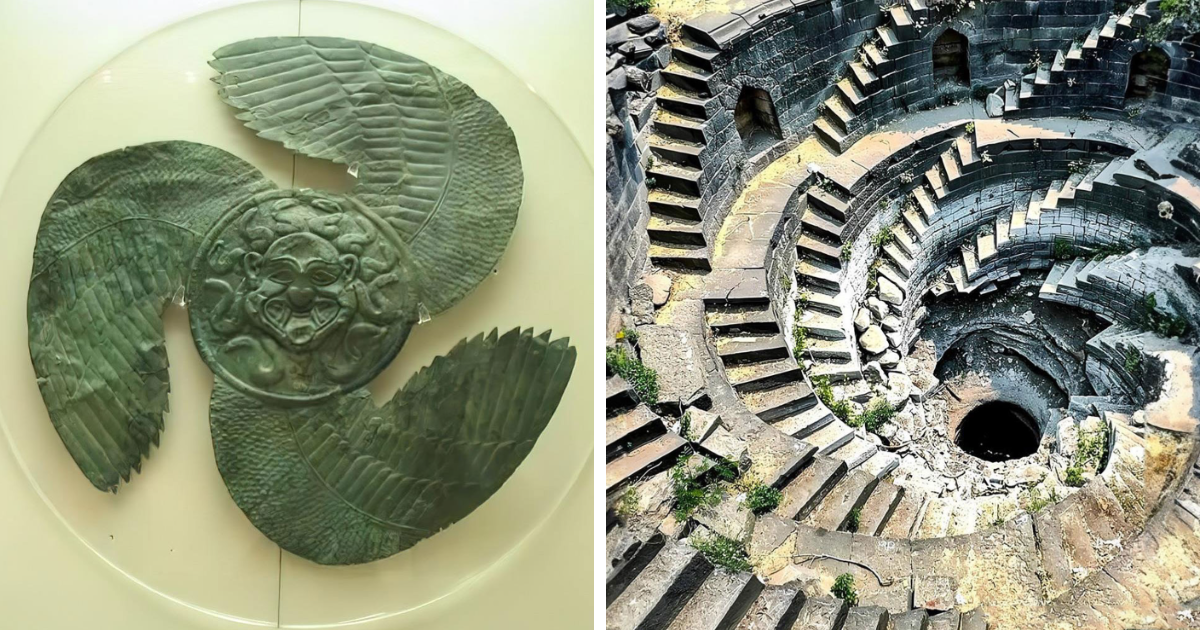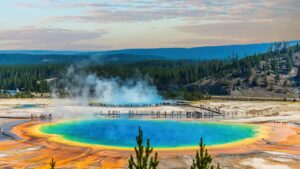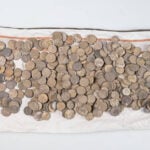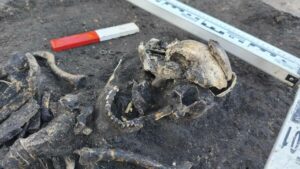ADVERTISEMENT
ADVERTISEMENT
Check out this stunning aerial shot of the Nazca Lines! Unlike the iconic animal geoglyphs you’re probably more familiar with, these long, straight stripes crisscross the desert—super intriguing, right? No one really knows their purpose. Were they ceremonial paths, markers for astronomical events, or something even more mysterious? The scale and precision of these ancient lines completely baffle archaeologists, and they definitely get the imagination going about how and why they were made. It’s a fascinating puzzle that keeps drawing people in!
History, after all, isn’t just about dusty textbooks; it’s alive in ruins, relics, and rediscoveries. Whether it’s a forgotten tradition or a mysterious monument, there’s something magical in learning where we came from. But hey, it’s not just about Earth: space has some jaw-droppers too. Ready for a trip across time and galaxies?
Let’s start with our solar system, which has been spinning and glowing for over 4.6 billion years. That’s enough time for plenty of mysteries to build up! Our gas giants— Jupiter, Saturn, Uranus, and Neptune—are massive but don’t have solid surfaces. Yep, you can’t land on them. They’re mostly made of hydrogen and helium, like a giant balloon with a rocky heart buried deep inside.
ADVERTISEMENT
Imagine standing at the top of Lohagad, or Iron Fort, soaring 1,033 meters above sea level in Maharashtra. This isn’t your typical fort; it was a military marvel during the Maratha Empire, designed to outsmart enemies with its winding stone paths and towering cliffs. Under the legendary Chhatrapati Shivaji Maharaj, it was a true fortress. Today, the fort still stands strong, surrounded by lush greenery, whispering stories of fierce battles and strategic brilliance. Exploring Lohagad is like stepping back in time and experiencing the enduring spirit of Maratha pride firsthand.
A 1,700-year-old Roman sarcophagus, once a burial vessel for someone of significance, was discovered being used as a table at a beach bar in Varna, Bulgaria. This ancient artifact, adorned with intricate floral and garland motifs, was repurposed, its historical importance nearly obscured in a modern setting. Authorities have since been alerted, drawing attention to the unexpected and casual use of such a significant relic. This incident highlights the risks faced by archaeological treasures, prompting a vital conversation about their preservation and the importance of safeguarding history, even when it resides in plain sight.
ADVERTISEMENT
Did you know that White Sands National Park holds a stunning collection of footprints that date back over 23,000 years? These ancient imprints, found in gypsum sand, are among the earliest signs of humans in North America. Discovered in 2009, the tracks of both adults and children hint at families navigating this landscape during the last ice age, likely sharing the land with enormous megafauna. The park’s unique conditions have helped preserve these prints for millennia, offering us an extraordinary insight into the social dynamics and movements of early Paleo-Indians. It’s a fascinating connection to our distant past!
ADVERTISEMENT
Now let’s talk about Pluto. When NASA’s New Horizons flew past it in 2015, it captured photos of towering icy mountains, some 11,000 feet high. That discovery flipped scientists’ assumptions about Pluto’s sleepy status.
Turns out, the dwarf planet might’ve been geologically active just 100 million years ago. But how? No one’s quite sure where Pluto gets the energy for all that action. It’s like it’s hiding a secret power source deep inside.
ADVERTISEMENT
Behold the mesmerizing Head of Seuthes III, a breathtaking bronze sculpture from around 310–300 BC! Unearthed in 2004 from the king’s tomb in Kazanlak, Bulgaria, this masterpiece showcases the pinnacle of ancient realism. With lifelike alabaster and glass paste eyes, along with striking copper details adorning the brows, it embodies the sophistication of Hellenistic art. Seuthes III ruled the Thracian Odrysian Kingdom, and this bust goes beyond mere likeness—it encapsulates his powerful presence. A stunning fusion of Greek elegance and Thracian identity, this sculpture is undeniably unforgettable!
Imagine a colossal rift cutting through New Mexico, where the mighty Rio Grande refuses to be tamed! This stunning gorge, born from volcanic wonders, showcases nature’s raw power as the river carves its path through the basalt flows of the Taos Plateau. Spanning from southern Colorado to the Gulf of Mexico, Rio Grande isn’t just North America’s fourth-largest river; it’s a relentless force that has sculpted the American Southwest over millennia. Witness how water and geology collide in a breathtaking display of natural artistry, revealing the earth’s fierce and beautiful secrets.
Auto Amazon Links: No products found.




















